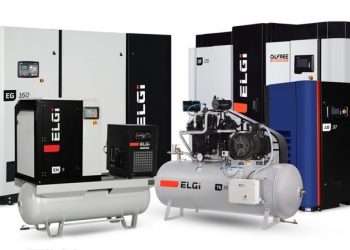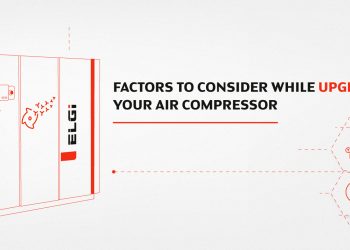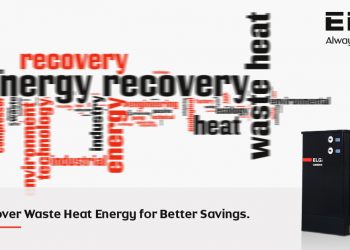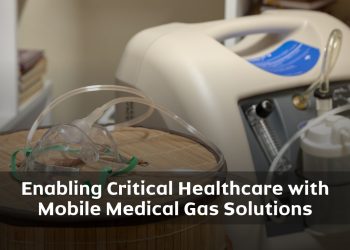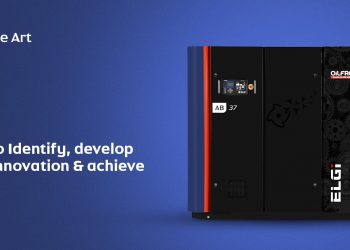Enabling Critical Healthcare with Mobile Medical Gas Solutions
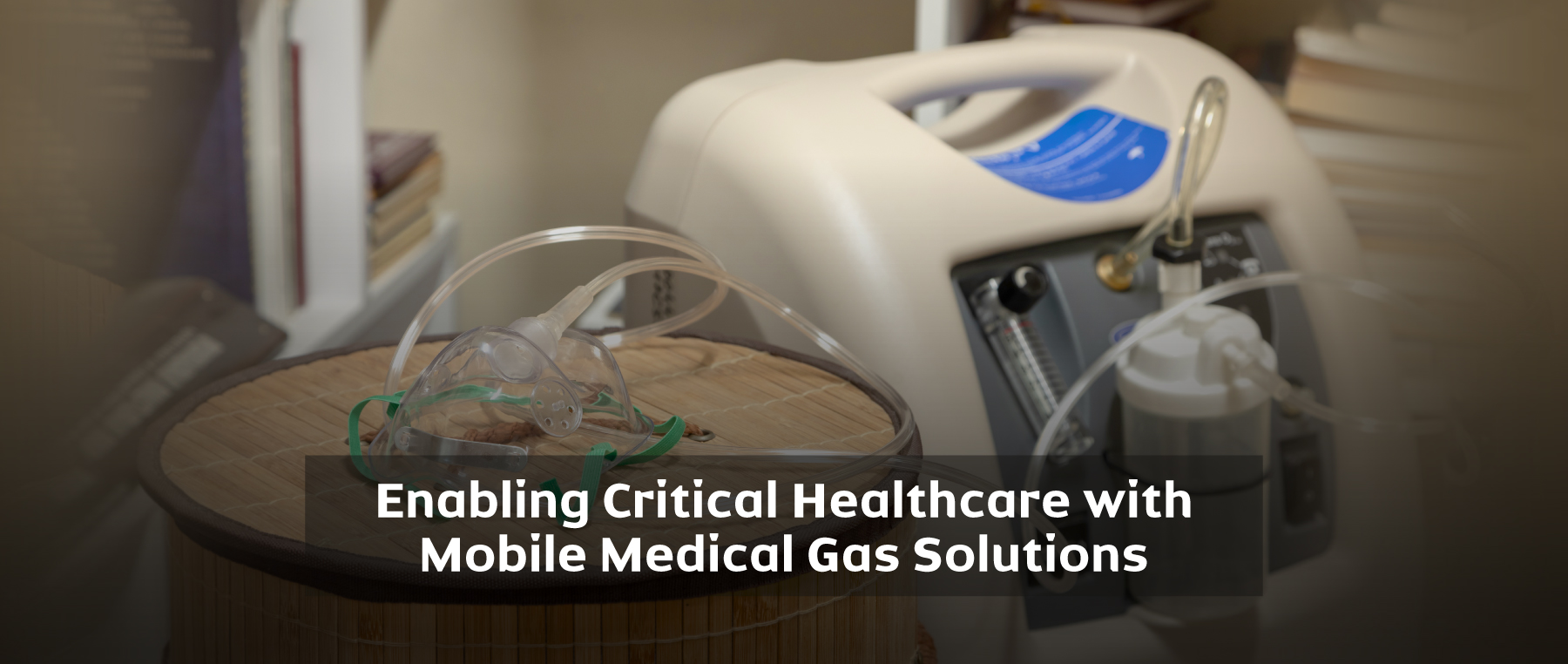
A leading medical agency in the US commissioned Pattons Medical to provide mobile acute care units to serve COVID-19 hotspots in the rural USA.
Executive Summary
The agency’s mission is to help people before, during and after disasters across the USA. During the COVID-19 pandemic, the demand for critical healthcare in rural parts of the country rose rapidly while hospitals were overstretched with COVID-19 patients. Quick to act, the agency introduced a medical solution comprising of innovative mobile acute care units ensuring healthcare was more accessible to rural Americans during the pandemic.
Industry Overview
The World Health Organization (WHO) has predicted that Chronic Obstructive Pulmonary Disease (COPD) will be the third leading cause of death worldwide by 2030. With other respiratory diseases like COVID-19 on the rise, oxygen is increasingly being used to treat patients.
The US has the largest[i]share in the medical gases and equipment industry worldwide. An aging population (By 2034, the US geriatric population is slated to reach 77 million, according to the US Census Bureau), the prevalence of lung diseases like asthma, and a rise in the number of road accidents are some of the other factors leading to more demand for medical gases.
Organisation Overview
Established in 1979 to assist in disaster efforts, the agency helps coordinate resources during emergencies that overstretch local and state capabilities.. To achieve this goal, the agency works towards empowering everyone with the information they need to prepare for disaster impact.
They came to the fore during natural disasters like hurricane Katrina in 2005 and are now playing a pivotal role in battling the pandemic..
The agency sought to make medical care available in the country more uniform. Critical healthcare was more readily available in urban America compared to rural locations. With COVID-19 hotspots cropping up in the rural USA in addition to urban areas, it was essential to deliver medical care to rural parts of the country quickly.
Customer Challenge
About 60 million Americans (around 19%[ii] of the total population) live in rural areas, according to the Centers for Disease Control and Prevention (CDC).
Furthermore, COVID-19 case rates per 100,000 persons were more in rural areas than those in urban. Surprisingly, 63% of rural hospitals do not have ICU beds, making it difficult to treat patients with severe COVID-19 symptoms..
During lockdowns, while cities could convert large areas like stadiums into makeshift hospitals, rural areas did not have such infrastructure to do so. Many rural hospitals only had hundred beds and were overwhelmed with COVID-19 cases. Often hard to reach, the agency required mobile units to deliver medical care in such places.
COVID-19 patients were often critical cases, requiring medical-grade breathing air, oxygen, and medical vacuum.. Many components comprise the mobile healthcare unit to ensure purity and dryness complies with NFPA 99 regulations. Thus, building and assembling the smallest unit possible to ensure mobility and code compliance was a challenge.
The Solution
Pattons Medical had developed mobile medical units before the pandemic, but these units became even more critical during COVID-19. Their experience in developing and putting together the smallest possible units helped make optimal mobile ICU units.
Each component of the unit was tested intensively to ensure high quality of operation, easy to install and maintain.
The mobile unit built is a semi-track that, when in place, has panels that expand to fit patients. Hoses with specific fittings coil up to fit in the mobile unit. When these pipes are uncoiled at the site, valve outlets ensure the mobile units work like hospitals on the go.
To combat the c challenge in a mobile unit, Pattons Medical used open configurations to protect pumps. Medical air compressors were used to dry ventilators; as the air is moist and gets into the patients’ lungs, that moisture could be enough to drown them.
In mobile systems, manifolds supply oxygen through eight-cylinder tanks. They employ pressure to force the oxygen through valves and into pipes where nurses may administer it to patients. In the event of a loss of air pressure, alarms are installed on both sides of the semi-track to turn off oxygen and air.
Business Benefits
Wes Chancellor, a Medical Gas Foreman, said, “We were very impressed with the high quality of all equipment shipped to us.”
Josh Pedraja, Medical Gas/Lab Consultant at Pattons Medical, said, "When I set foot in the first trailer as it was being built, I had a great sense of joy and pride knowing that I helped design these trailers to assist others in times of need. Post pandemic, these trailers will be used for relief work during natural disasters such as hurricanes and tornadoes."
Conclusion
The agency assisted rural hospitals in the United States in providing crucial healthcare to patients. Their dedication to provide rapid emergency care enabled them to deliver mobile ICU units wherever they were needed the most.
As the pandemic persists, there is a consistent demand for these units. Pattons Medical, as a socially responsible organisation, manufactures these mobile medical units that the agency certifies are equal to those in hospitals.
Information resources:
[i] https://www.mordorintelligence.com/industry-reports/global-medical-gases-38-equipment-market-industry


